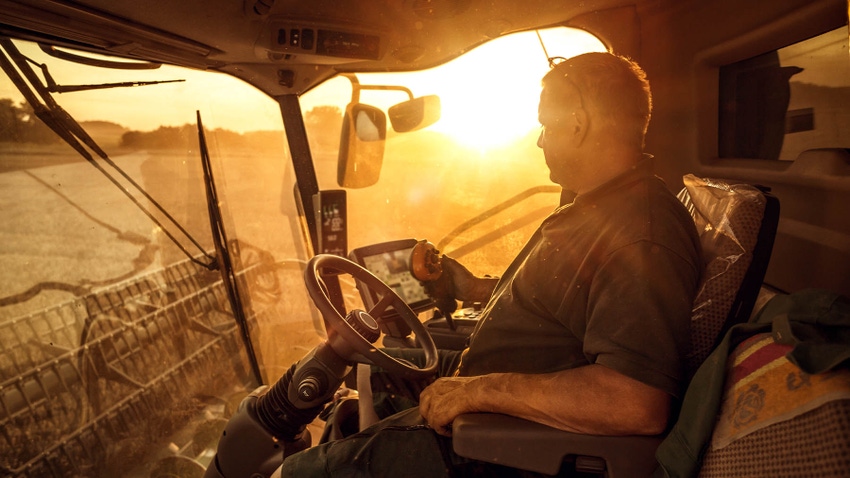
Time spent in the combine cab this fall can improve your planting next spring. Traveling fields during harvest can give you clues on what to expect in the next growing season.
Phil Krieg, agronomist for Syngenta Crop Protection based in Illinois, offers what to check for in fields while looking out of your combine this fall:
1. Evaluate your weed control. In 2023, Krieg says he noticed a lot of waterhemp sticking out of fields as he drove down the highway, which will be even more noticeable from the combine cab.
Gather data on which weeds you’re seeing at harvest and try to figure out why certain weeds are showing up in fields. Are they related to the weather from this past season? Did you miss the critical early-season herbicide application window? Are the chemicals you are using not the right ones for the weed problems you have? Did you apply herbicides at a robust enough rate to achieve effective weed control?
2. Access new hybrids. Note how any new hybrids are standing. Look at the corn in the rows. Do you have uneven stands? If so, you may need to apply a seed treatment, insecticide or fungicide next year. Try to identify what made corn not stand so well in the fields.
3. Take a grain sample. The first step is to identify what insects are in the grain sample. Plan how to deal with the insects better next year. You may want to check out the fertility in the field. If earworms are present, you may need an earworm trait in the corn you plant next spring. Also, look out for ear molds.
4. Keep a notepad in the cab. This lets you write down observations. When harvest is done, check out the notepad, detailing what you saw in your fields and what can be done to produce better yields, lower insect damage, reduce weed pressure or increase plant health next season.
5. Seek others’ input. Encourage support people in the field, such as truck drivers and auger cart drivers, to write down their observations, or at least alert you to the conditions they are seeing in the field.
“Have them keep an eye out for what you don’t see. Every set of eyes in a field is an important set of eyes,” Krieg says.
When it comes to soybeans, many of the same principles apply. However, the problem areas are usually not hard to see, but Krieg says your observations should still be recorded.
6. Watch for SCN. Krieg says soybean cyst nematode is a real problem in Illinois. As combines start running, he expects producers to find a lot more SCN in fields. The bad news is that SCN is building up a resistance to the gene trait in many varieties. The good news is that a seed treatment such as Saltro can help manage SCN in fields.
Another downside is that producers may have to find a new way to manage the SCN pest. It’s always best to test to see if SCN is in a field. The problem will only increase in the next growing season. He also adds that double-crop soybeans do not usually have SCN problems.
7. Watch for wilting. Krieg says he is noticing some soybean fields wilting and dying ahead of schedule. “As we approach soybean harvest, we need to find a way to spot where soybeans died early and get a diagnosis of why,” he says.
While some producers have attributed this to the hot, dry weather, especially in the Midwest, Krieg says other factors could be causing soybeans to die too early this season. Diseases noted in fields include southern soybean canker, charcoal rot and red crown rot in soybeans.
Krieg says tools are available to help fight red crown rot. Arkansas, Illinois, Indiana, Iowa, Kentucky, Missouri and Tennessee recommend the use of Saltro for suppression of red crown rot as permitted under Section 2(ee) of the Federal Insecticide, Fungicide and Rodenticide Act.
More than one problem can be occurring in fields, and Krieg advises producers to find out how well varieties are bred to fight the uncommon diseases in soybeans.
“The combine cab is the final chance to see how the fields turned out from corner to corner. That’s why it is so important to pay close attention to what is happening to the plants and the field itself,” he says.
About the Author(s)
You May Also Like




